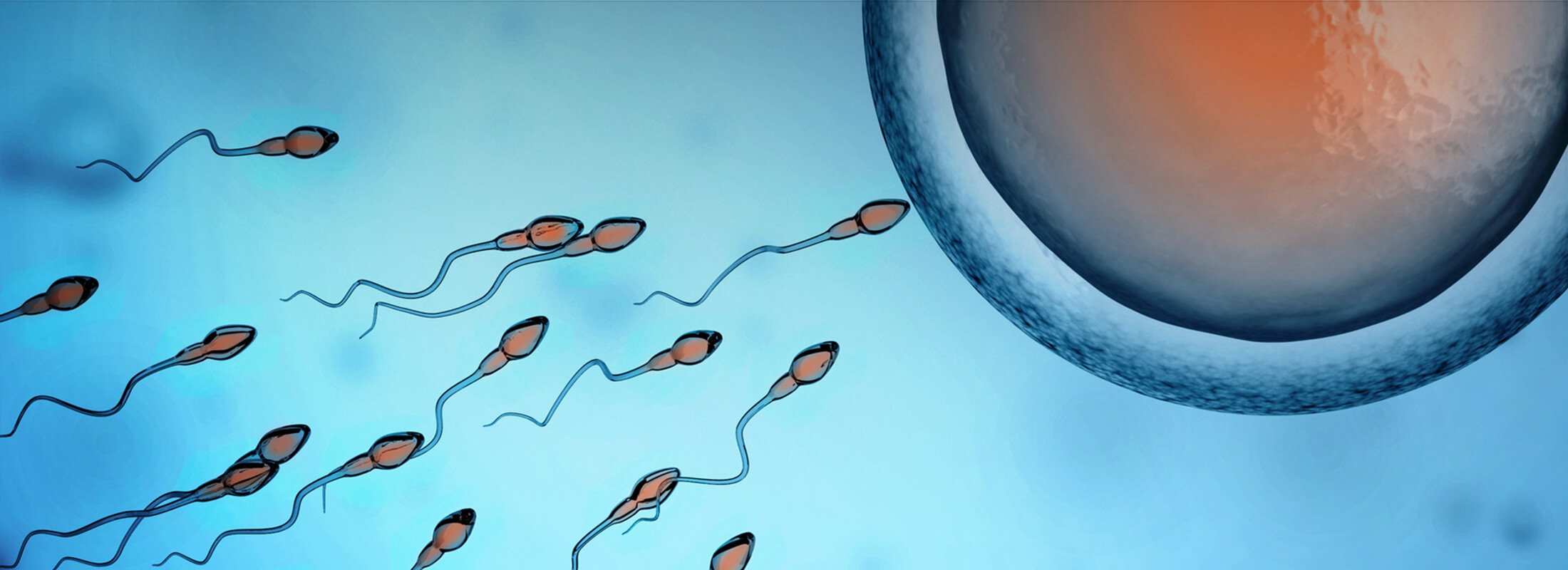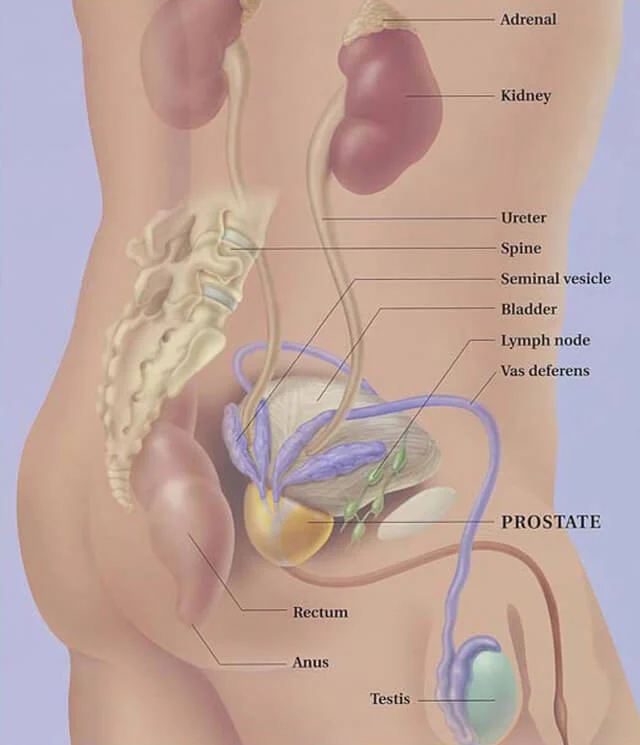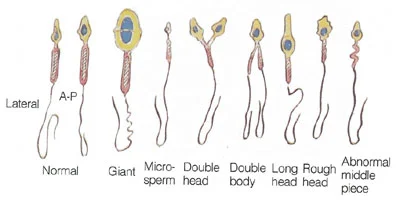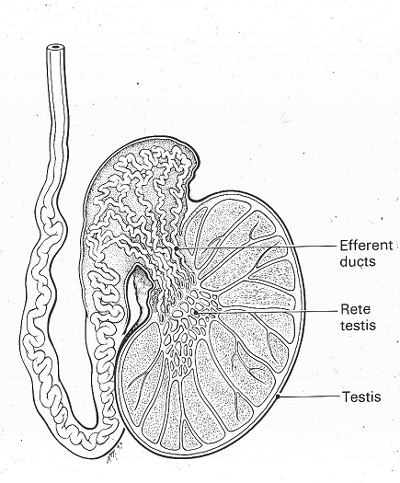Glossary of Male Fertility and Sexual Dysfunction
Find Definitions for Terms Related to Male Fertility and Sexual Dysfunction
With all of the medical terminology used to refer to various biological and medical aspects of male fertility and sexual dysfunction treatments, there may be some terms you have not heard before. In our male fertility and sexual dysfunction glossary, we include definitions of the most common terms used to describe treatments, conditions and anatomy.
If you are unable to find what you are looking for, please contact us with any questions.
The complete absence of semen.
Low count of moving (motile) sperm.
The complete absence of sperm in the ejaculate. Learn more about azoospermia and treatment.
A positive pregnancy test as determined by the presence of HCG in blood or urine. HCG is the hormone produced by the embryo, but its presence does not guarantee that the pregnancy will continue to a stage of viability.
A pregnancy that has reached the point at which the fetus has a detectable heartbeat as determined by ultrasound.
The fertilization of a woman's egg by a man's sperm resulting in the formation of an embryo.
Paired ducts in males that are located behind the bladder and within the prostate. The end of the vas deferens continues into the ejaculatory duct which transports sperm into the urethra.
A term used to describe the early stages of fetal growth from conception through the eighth week of pregnancy.
The study of the glands of the body: thymus, pituitary, thyroid, adrenals, testicles and ovaries.
![]()
An organ in the male reproductive tract that lies above and behind the testicles. It is a long convoluted canal (4-6 meters) where sperm are nourished, matured, and stored for several months.
The penetration of an egg by a sperm and the subsequent fusion of genetic material that results in the development of an individual.
The male or female reproductive cells known as sperm and ovum (egg) respectively.
Gamete IntraFallopian Transfer is a procedure in which eggs are removed from the ovary, mixed with washed sperm and then transferred by laparoscopy into the fallopian tube where fertilization may take place.
A hormone that stimulates the testicles to produce sperm and the ovaries to produce eggs.
A chemical produced by an endocrine gland that circulates through the blood and has a widespread affect throughout the body.
Human Chorionic Gonadotropin is a hormone secreted by the placenta that signals the corpus luteum to continue producing progesterone for the maintenance of the pregnancy. This hormone accounts for pregnancy tests being positive. It is also used therapeutically as a trigger shot to induce the maturation of the follicle for ovulation or aspiration.
Intra Cytoplasmic Sperm Injection is a procedure in which one sperm is placed in one egg using micromanipulation. This procedure is used in cases of severe male factor infertility. Learn more about ICSI and sperm retrieval.
The embedding of a fertilized egg into the endometrium (lining) of the uterus.
The inability of a couple to achieve pregnancy after one year of regular unprotected intercourse, or, the inability of a woman to carry a pregnancy to a live birth.
IntraUterine Insemination is the placing of washed sperm into the uterus for the purpose of conception.
Abdominal surgery.
MESA is slightly more invasive sperm retrieval technique than PESA and uses microsurgical techniques to collect sperm from the epididymis. Learn more about Microscopic Epididymal Sperm Aspiration and other sperm extraction techniques.
The size and shape of sperm. Learn about abnormal sperm morphology.
The movement of sperm within the semen. Learn about low sperm motility.
Azoospermia that is due to absence or marked reduction of sperm production by the testes. Learn about non-obstructive azoospermia.
Azoospermia that is due to a blockage in the sperm duct system. Learn about obstructive azoospermia.
An abnormally low number of sperm in the ejaculate. Learn about oligospermia and low sperm count treatment.
PESA is typically the first choice for sperm retrieval, and is done by inserting a needle through the scrotum into the epididymis to collect a small amount of sperm. Learn more about Percutaneous Epididymal Sperm Aspiration and other sperm extraction techniques.
A small gland about the size of a walnut, located below the bladder. It produces some of the sperm-carrying fluid for the semen.
The pouch of skin that hangs from the lower abdominal region below the penis.
The sperm and the seminal fluid that is secreted during ejaculation. Learn more about (male-infertility/sperm-disorders text: semen and sperm disorders).
A test performed on freshly ejaculated sperm to determine the count, shape, size, and ability of the sperm to move. Learn more about semen analysis.
Specialized microscopic ducts located within the testes. Immature sperm begin to mature in these tubules.
The determination of the shape of sperm cells; part of a semen analysis. Learn more about poor sperm morphology.
![]()
The determination of the sperm's ability to move; part of a semen analysis. Learn more about poor sperm motility.
A technique that separates the sperm from the seminal fluid.
The organs that produce sperm. They are paired oval-shaped glands located in the scrotum.
Minimally invasive technique to recover sperm where the testis are punctured for sperm aspiration. Learn more about Testicular Fine Needle Aspiration and other sperm retrieval methods.
![]()
Condition characterized by the presence of malformed spermatozoa in semen. Learn more about poor sperm morphology and treatment.
A sperm retrieval technique done either using a needle or a small incision to collect a small sample of the testis tissue for extraction of sperm. Learn more about Testicular Sperm Extraction and other sperm aspiration techniques.
The male sex hormone that is produced in the testicles. Women also have some testosterone that is produced by the ovaries.
The tube that carries the urine from the bladder and the semen from the prostate and ejaculatory ducts out through the tip of the penis. It is the final passageway for both urine and sperm to leave the body.
A varicose vein of the testicles that causes the testes to heat up and may lead to a decrease in sperm production with resulting male infertility. Learn about varicocele surgery and treatment.
Most common operation to repair varioceceles. Learn about varicocele surgery and treatment.
A pair of thick walled tubes about 45 cm long that leads from the epididymis to the ejaculatory duct in the prostate.









